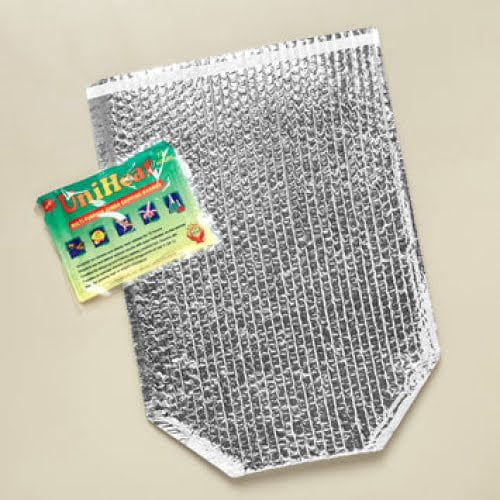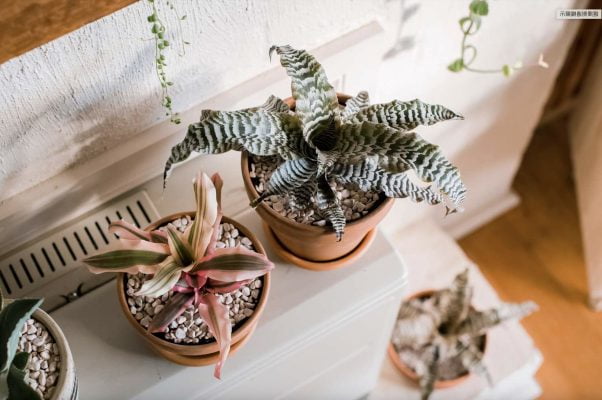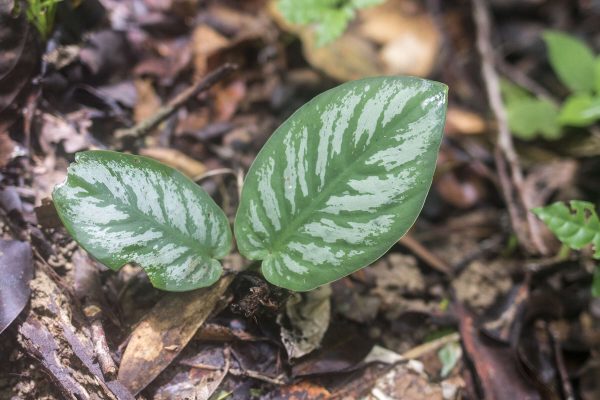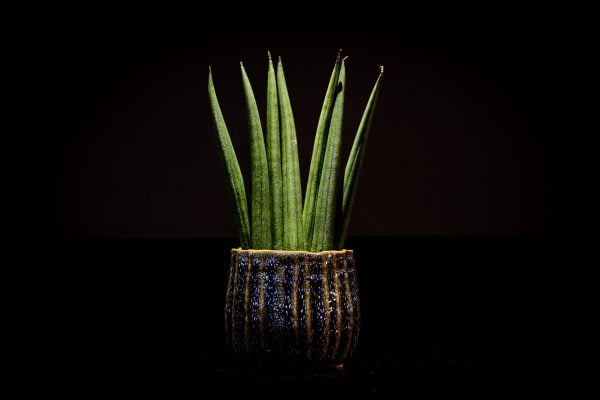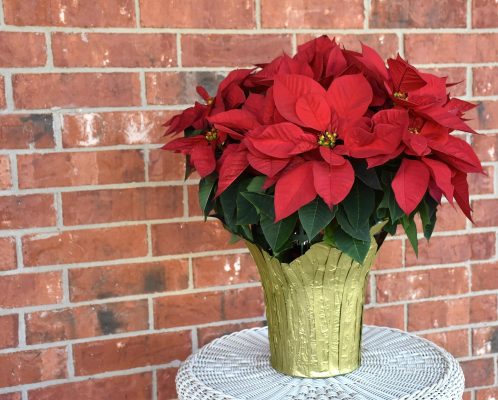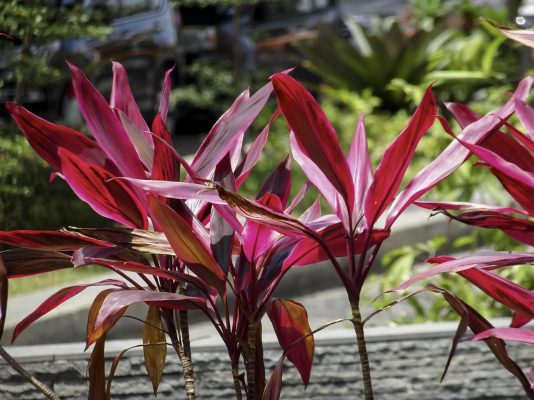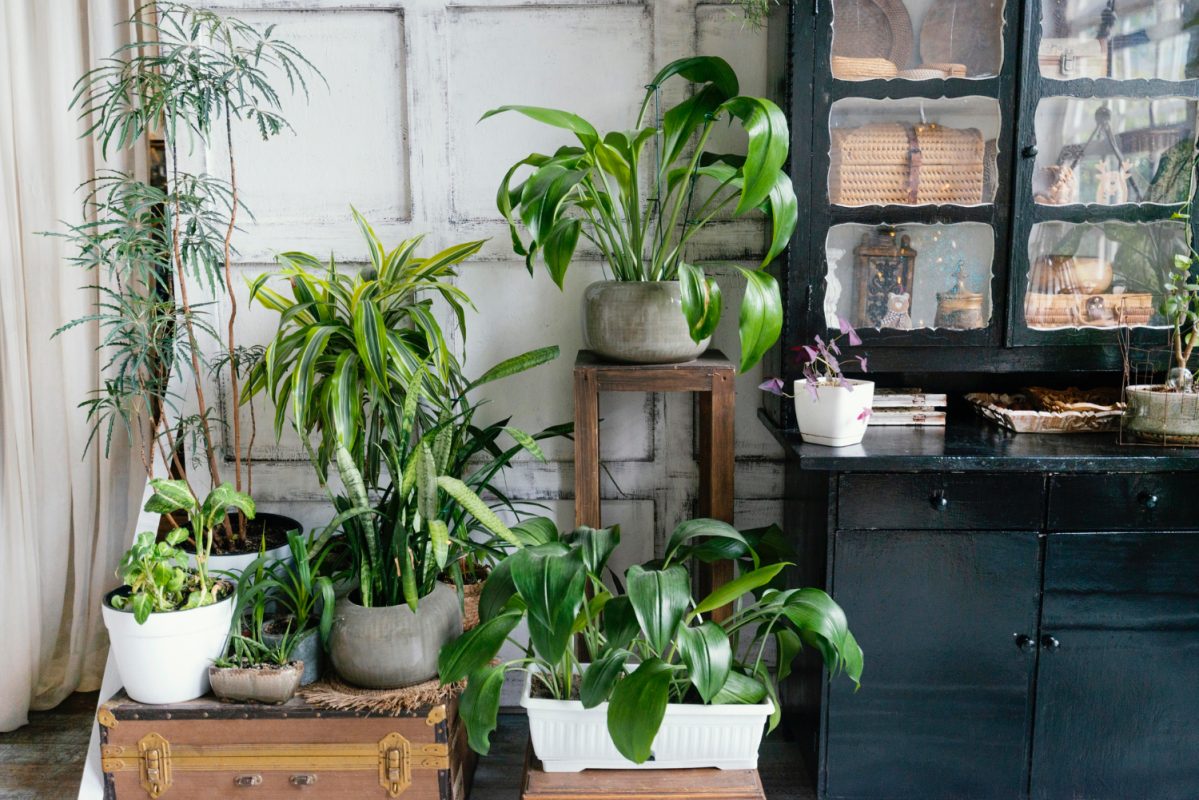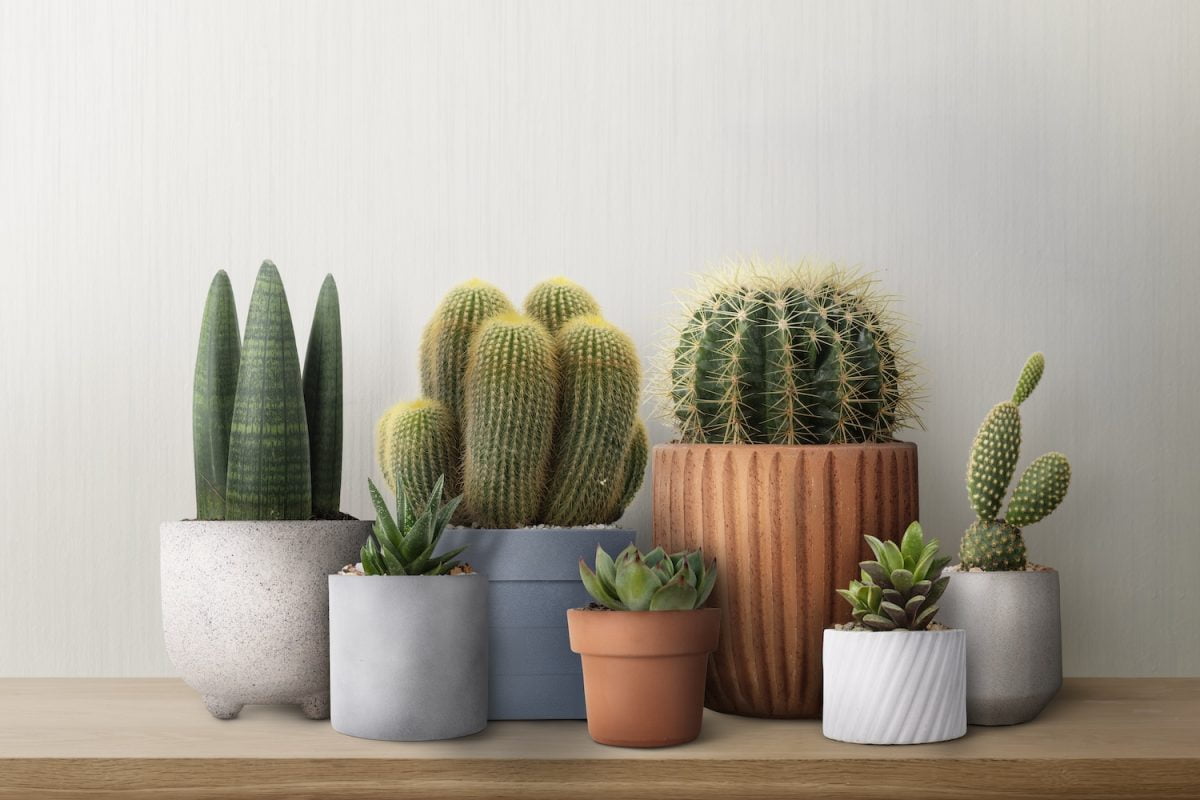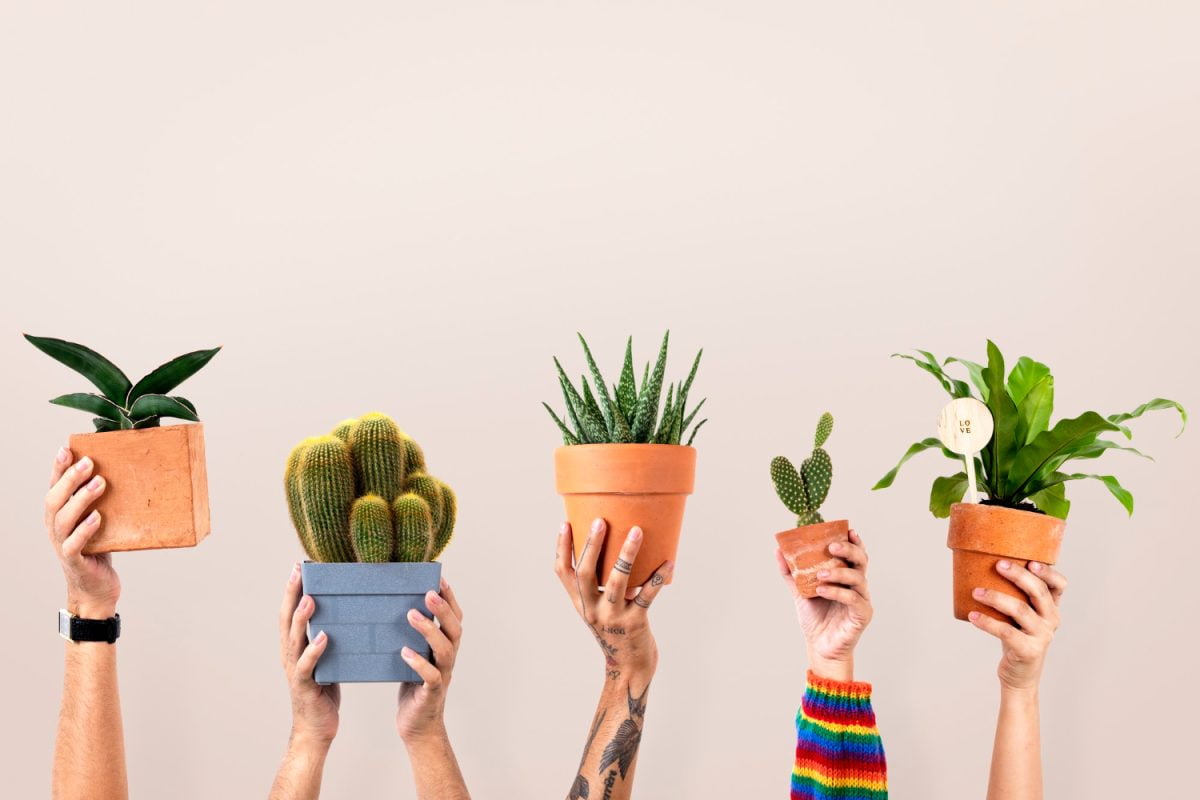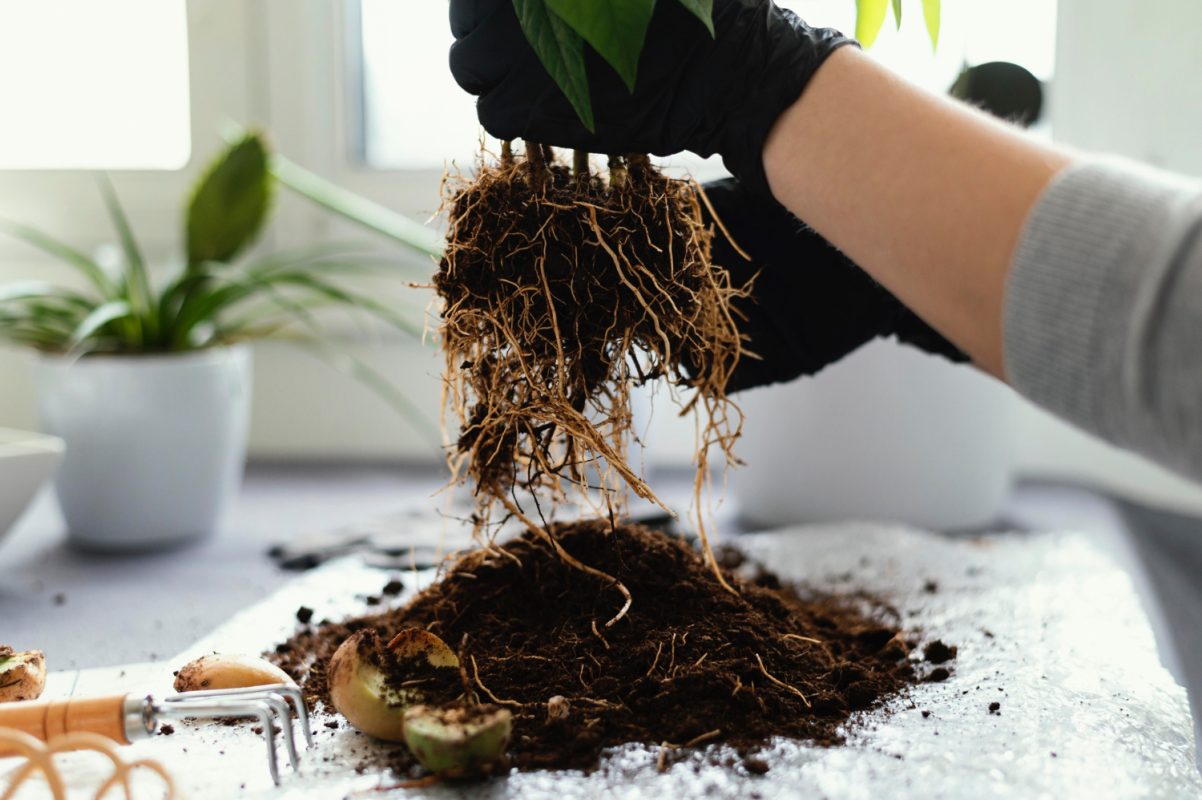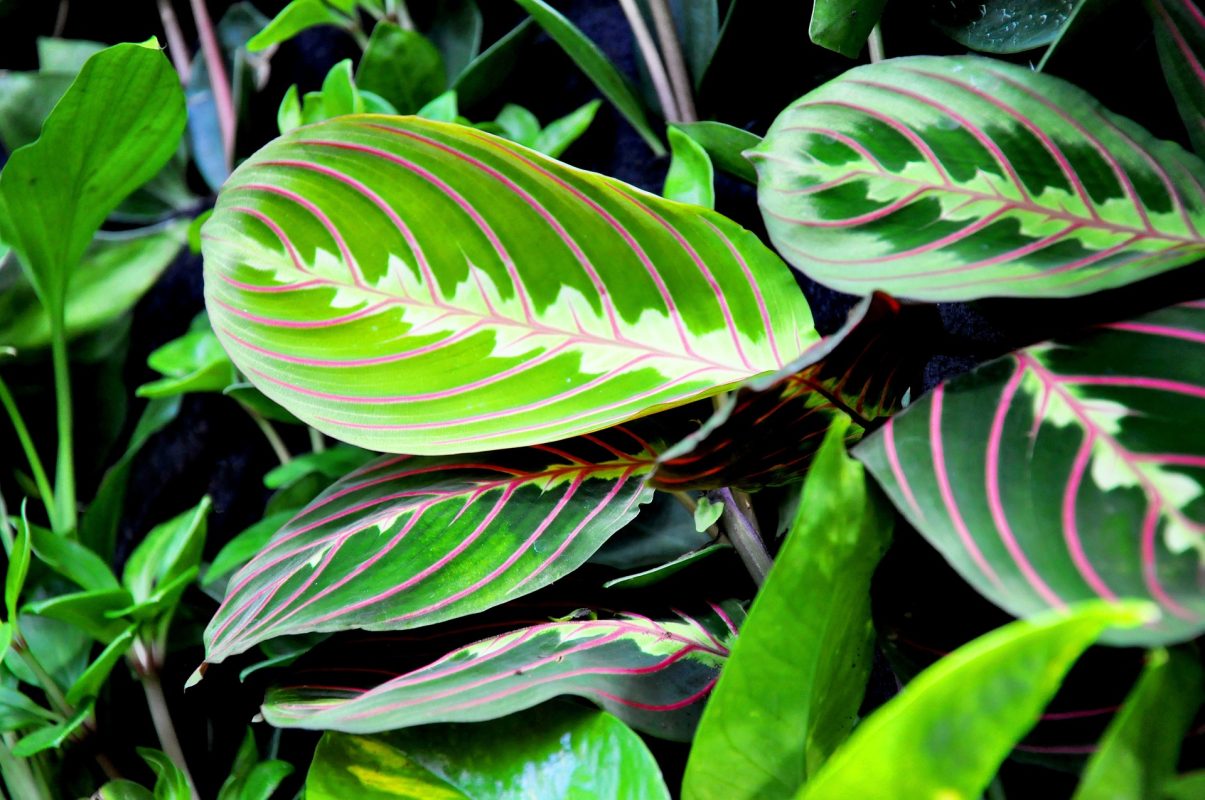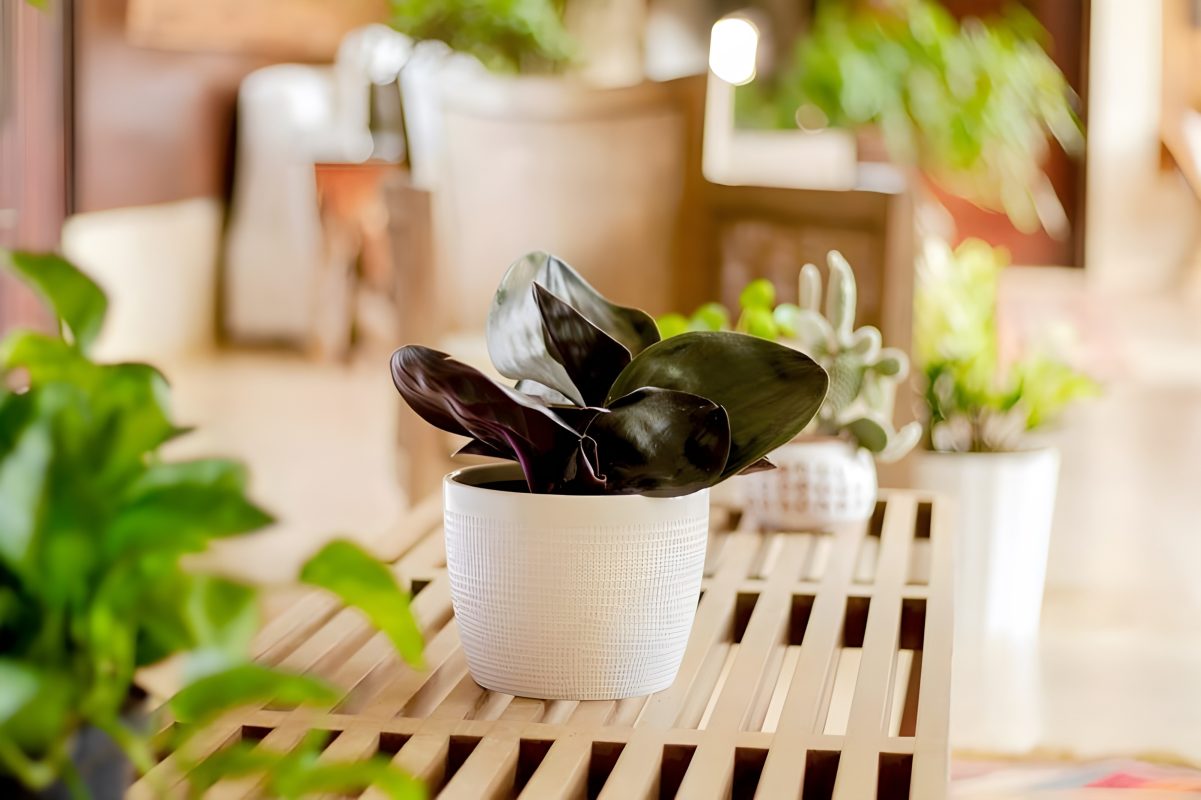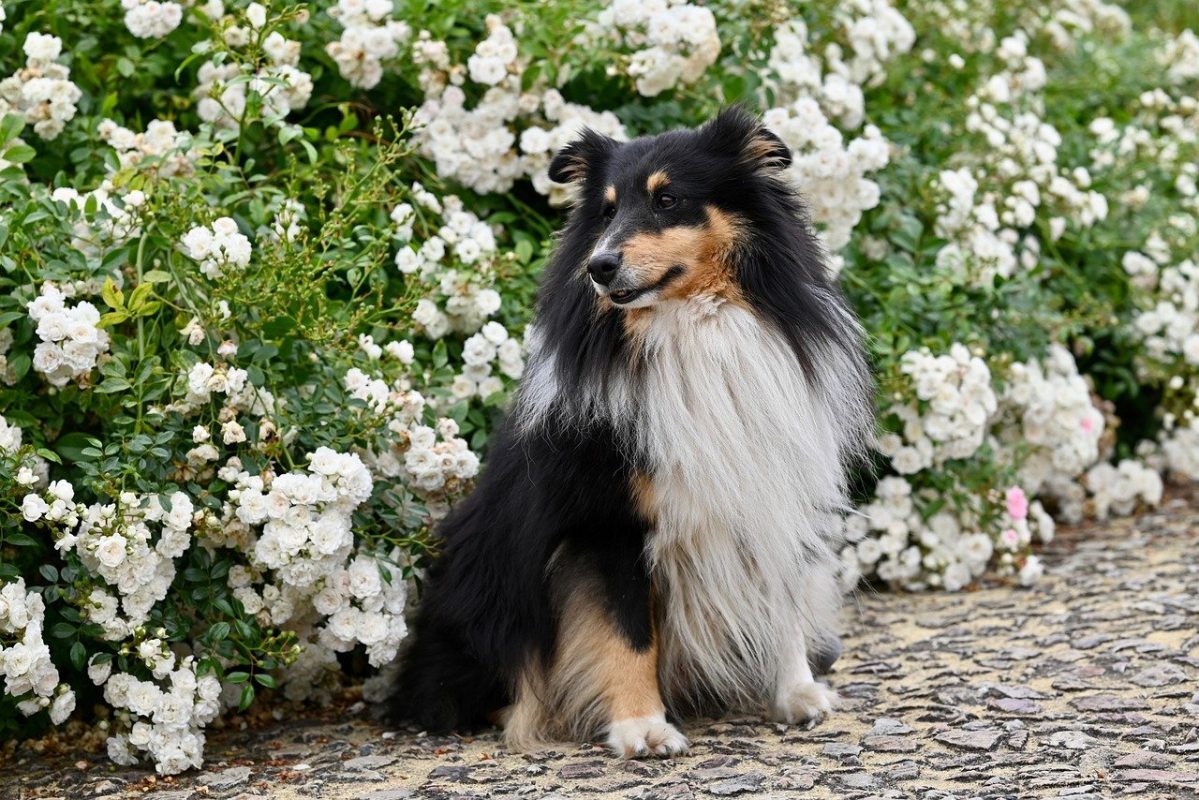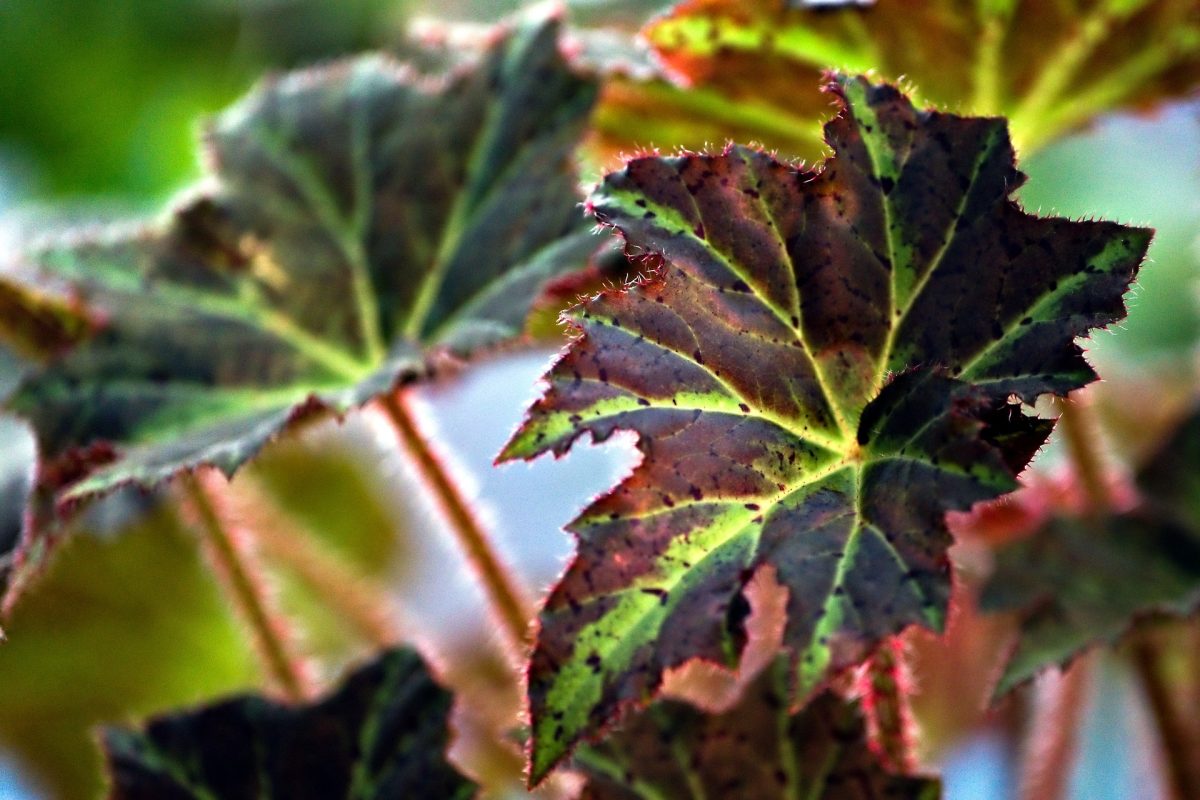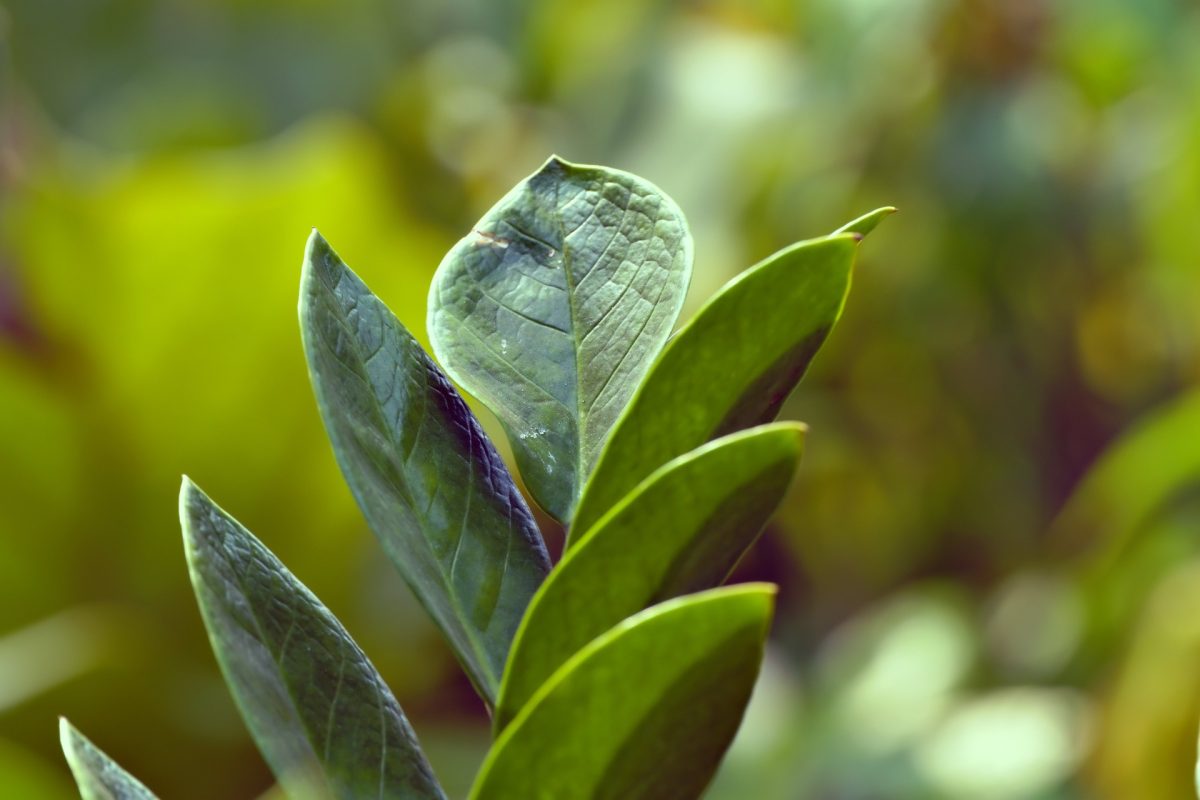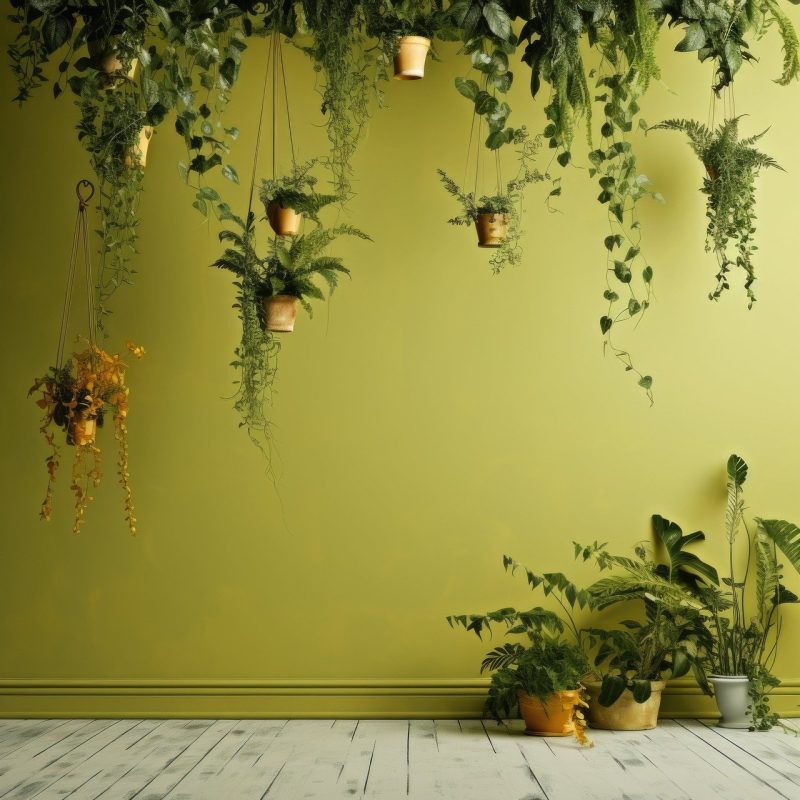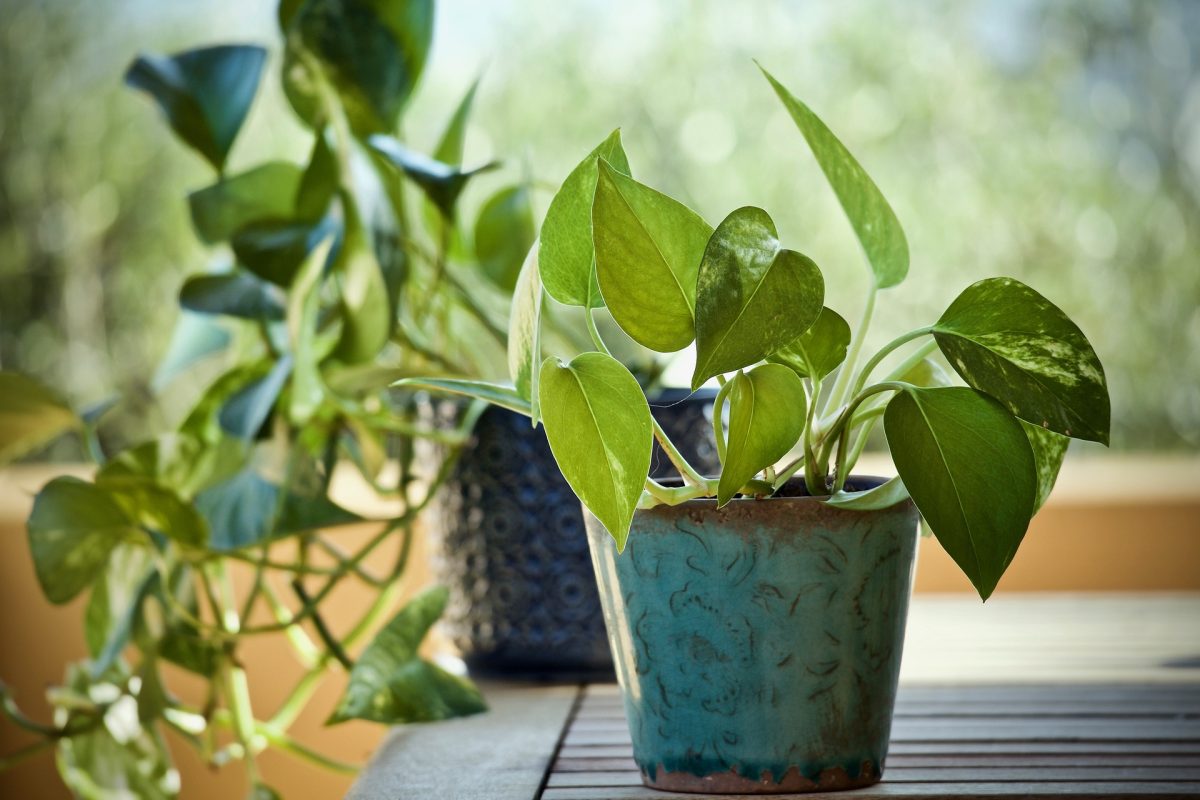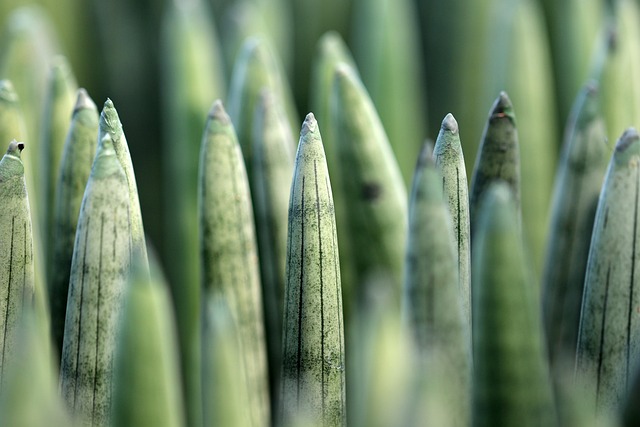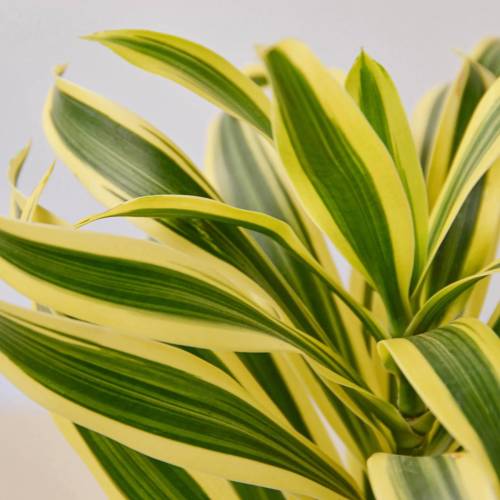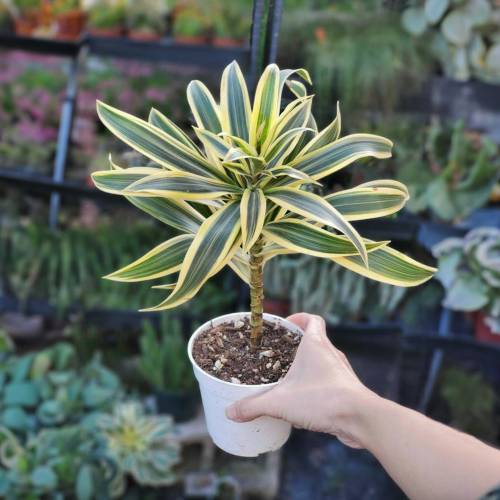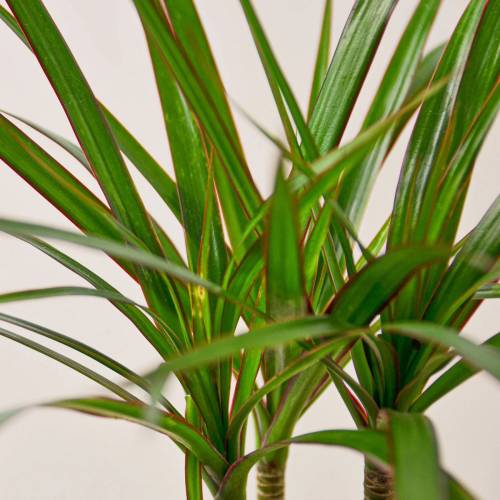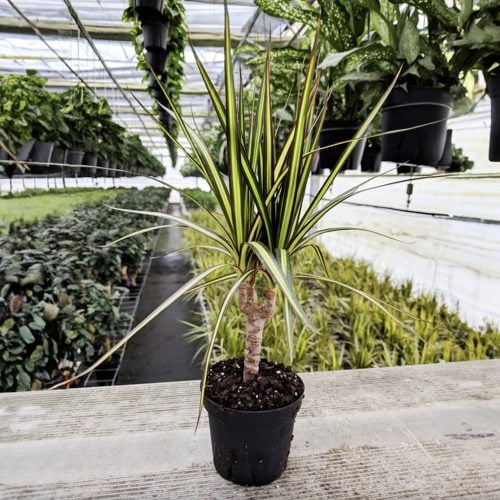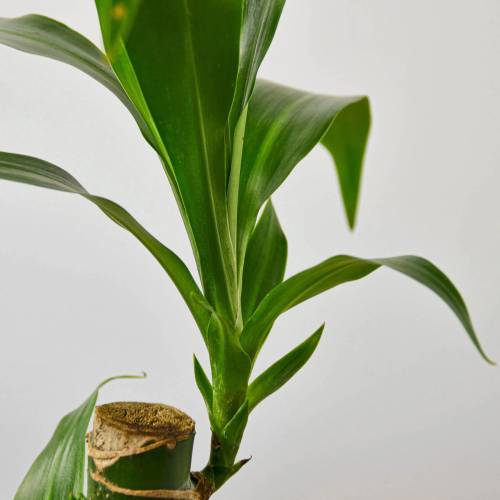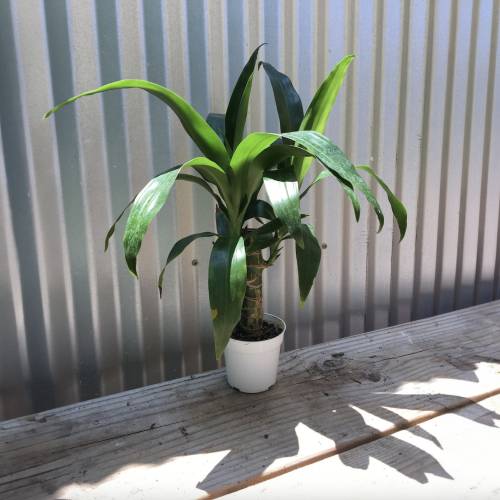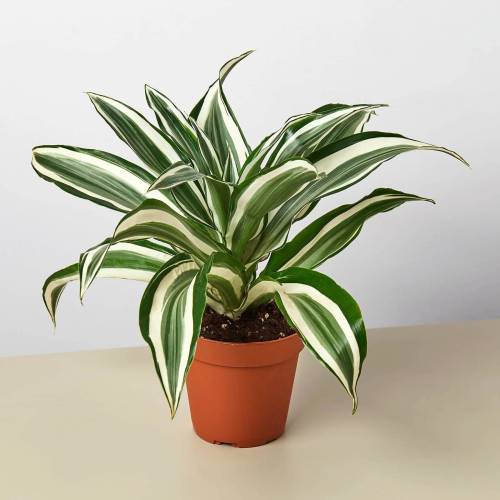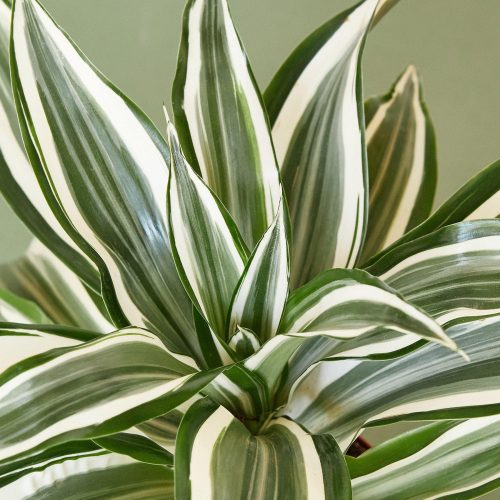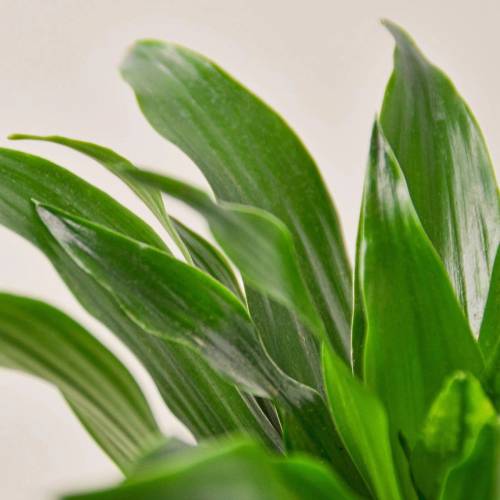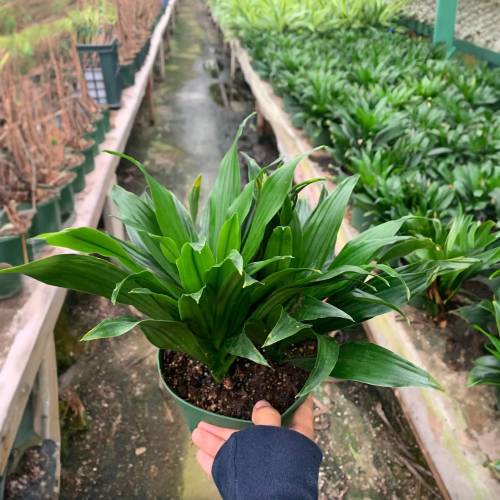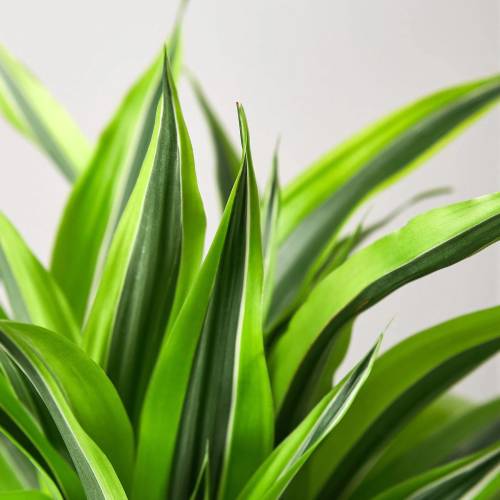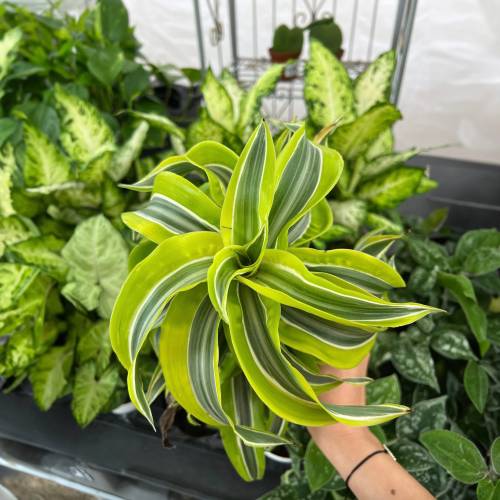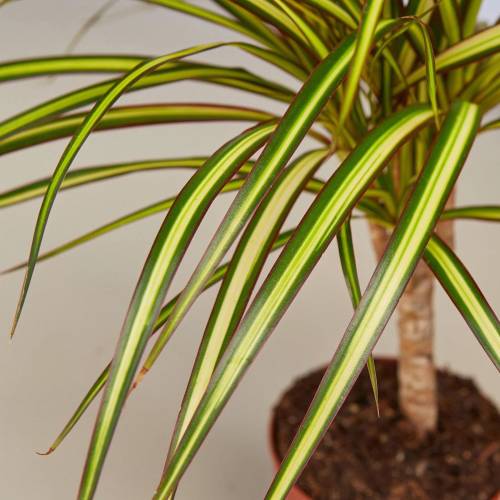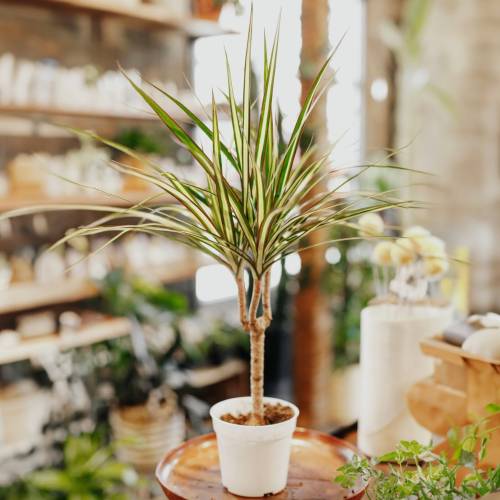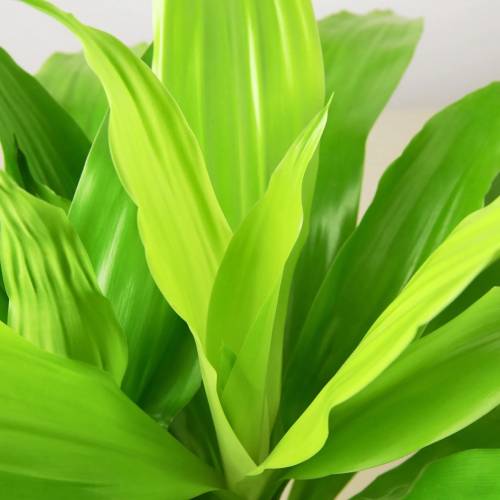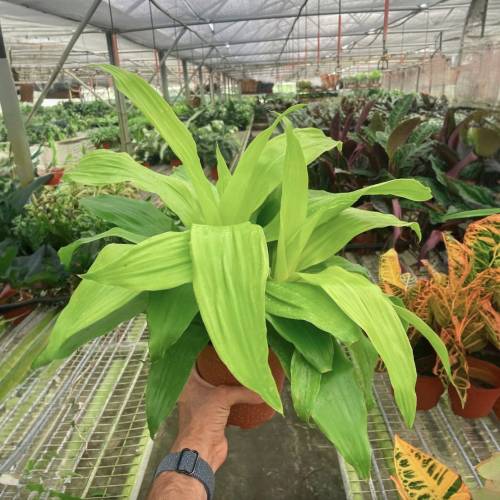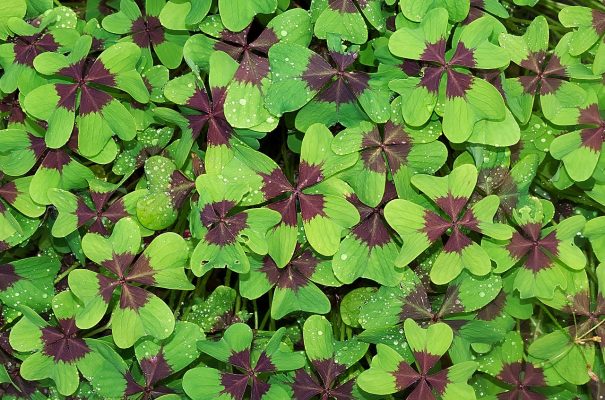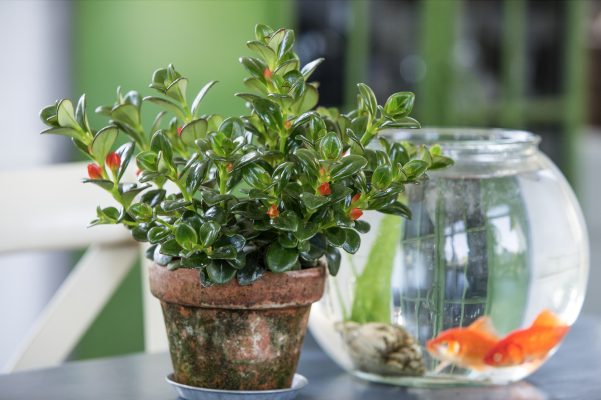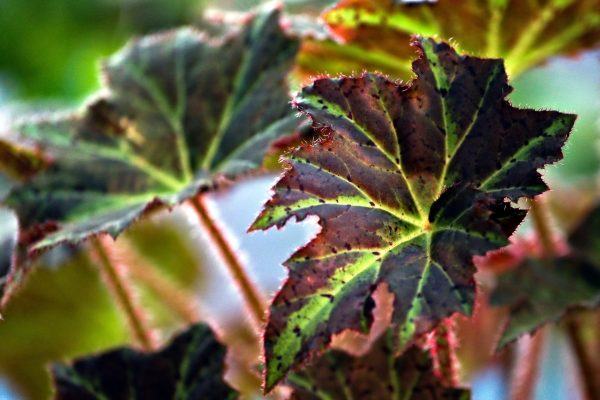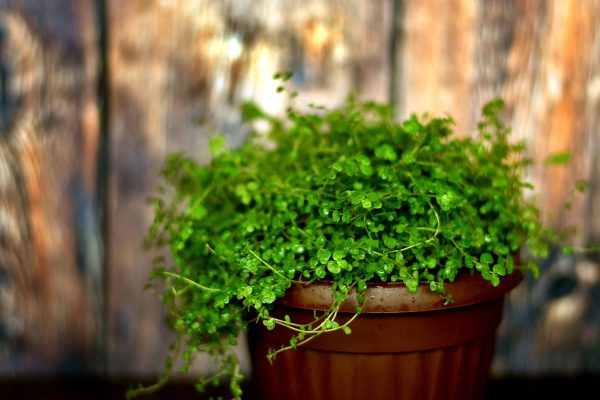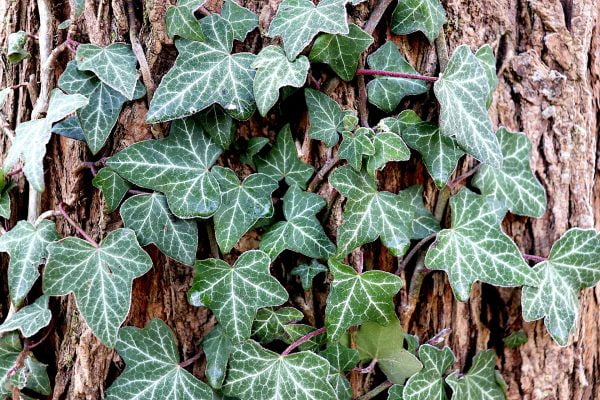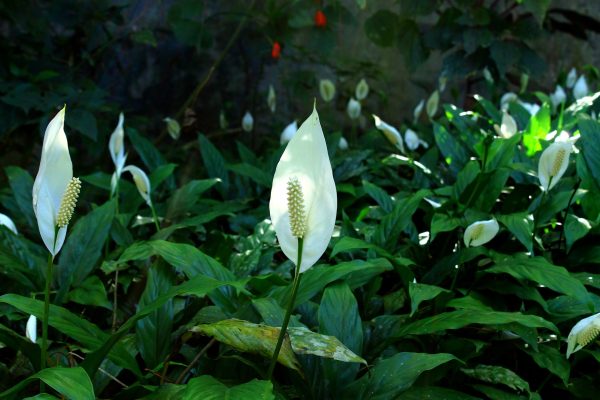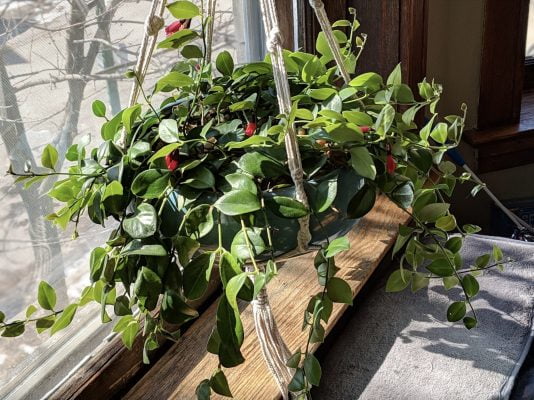The Shingle Plant, known for its unique growth pattern and striking foliage, is a tropical delight that can transform your living space. This comprehensive care guide is your roadmap to nurturing the Shingle Plant, guiding you through the steps to cultivate this extraordinary species, encourage its distinctive shingle-like leaves, and create a tropical tapestry within your indoor haven.
I. Plant Overview:
- Scientific Name: Rhaphidophora cryptantha
- Common Names: Shingle Plant, Shingle Vine
- Origin: Native to tropical regions of Southeast Asia.
II. Light Requirements:
- Ideal Conditions: Bright, indirect light. Shingle Plants thrive in filtered sunlight.
- Tolerance: Adaptable to lower light conditions, but prefers well-lit areas.
III. Watering:
- Frequency: Keep the soil consistently moist, but not waterlogged. Allow the top inch of soil to dry between waterings.
- Water Quality: Use room-temperature water. Maintain a humid environment for optimal growth.
- Humidity: Shingle Plants appreciate higher humidity levels. Regular misting or a humidity tray is beneficial.
IV. Soil:
- Type: Well-draining, aerated potting mix. A mix for tropical plants or orchids is suitable.
- pH Level: Slightly acidic to neutral (pH 6.0-7.0).
V. Temperature and Humidity:
- Temperature: Maintain a warm environment between 70-80°F (21-27°C).
- Humidity: Shingle Plants thrive in higher humidity. Ensure a humidity level above 50%.
VI. Fertilization:
- Schedule: Feed every 4-6 weeks during the growing season (spring and summer).
- Fertilizer: Use a balanced liquid fertilizer, diluted to half strength. Reduce fertilization in the dormant season.
VII. Pruning and Maintenance:
- Pruning: Trim to control size and shape. Remove any yellow or damaged leaves.
- Cleaning: Wipe leaves gently with a damp cloth to remove dust.
VIII. Repotting:
- Frequency: Repot every 1-2 years or when the Shingle Plant outgrows its container.
- Procedure: Gently lift the plant, inspect roots, and repot in fresh soil. Choose a container with drainage holes.
IX. Common Issues and Solutions:
- Yellowing Leaves: Overwatering or underwatering. Adjust watering habits accordingly.
- Root Rot: Ensure proper drainage to prevent waterlogged conditions.
- Pests: Check for mealybugs or spider mites. Treat with insecticidal soap or neem oil.
X. Display Tips:
- Showcase the Shingle Plant on a trellis or allow it to climb for a stunning vertical display.
- Combine Shingle Plants with other tropical species to create a lush, green tapestry.
- Use decorative pots or planters that complement the unique foliage of the Shingle Plant.
Cultivating the Shingle Plant adds a touch of tropical extravagance to your indoor sanctuary. This guide empowers you to care for the Shingle Plant, ensuring its extraordinary foliage thrives and becomes a focal point of your living space. Happy gardening!
our recommendation
you may also want to know



